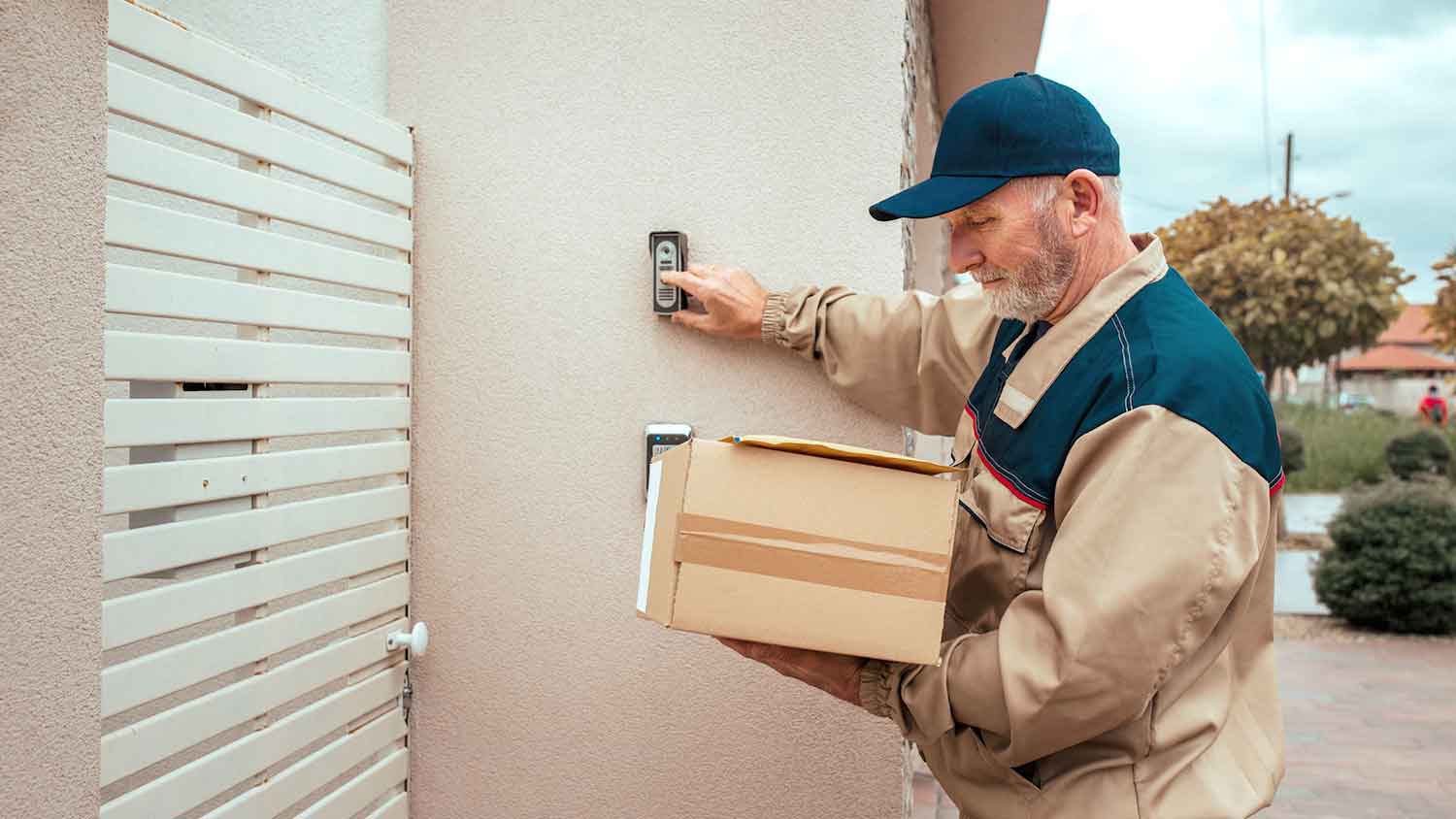Why Is My Dryer Not Getting Hot? 5 Common Causes
Find out why your dryer’s giving you the cold shoulder
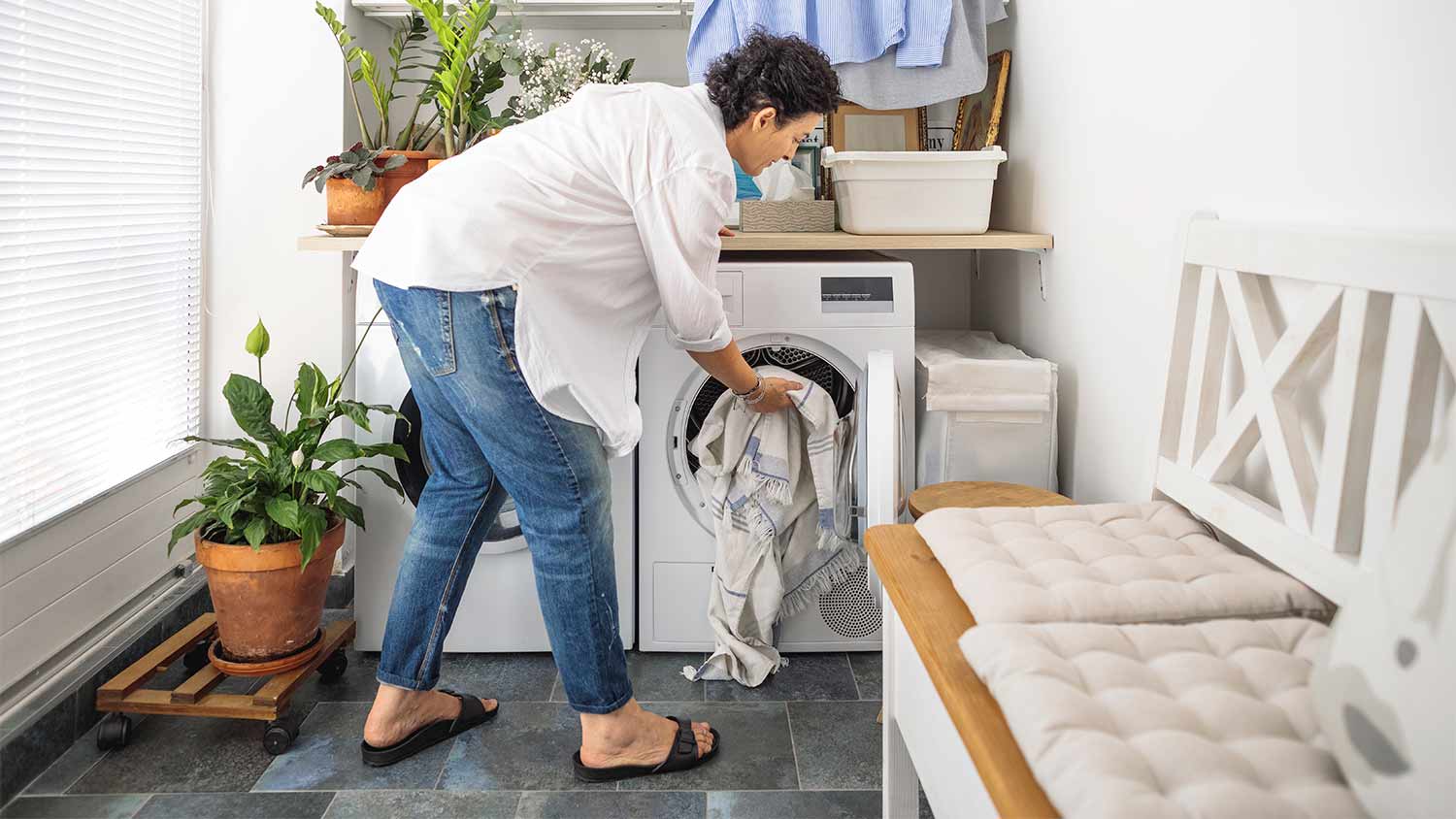

Circuit breaker problems could cause your dryer to not heat properly.
Regular maintenance can help prevent vents from getting blocked.
A dryer repair professional can help resolve the issue.
1. Circuit Breaker Problems
Electric dryers typically need 240 volts to heat up and dry your clothes at an optimal temperature. If your circuit breaker is tripped, it keeps your dryer from turning on.
How to Fix It
Check your home’s electrical panel to see if the breaker is tripped, and if so, flip the switch to get it back in working order.
2. Blocked Vent
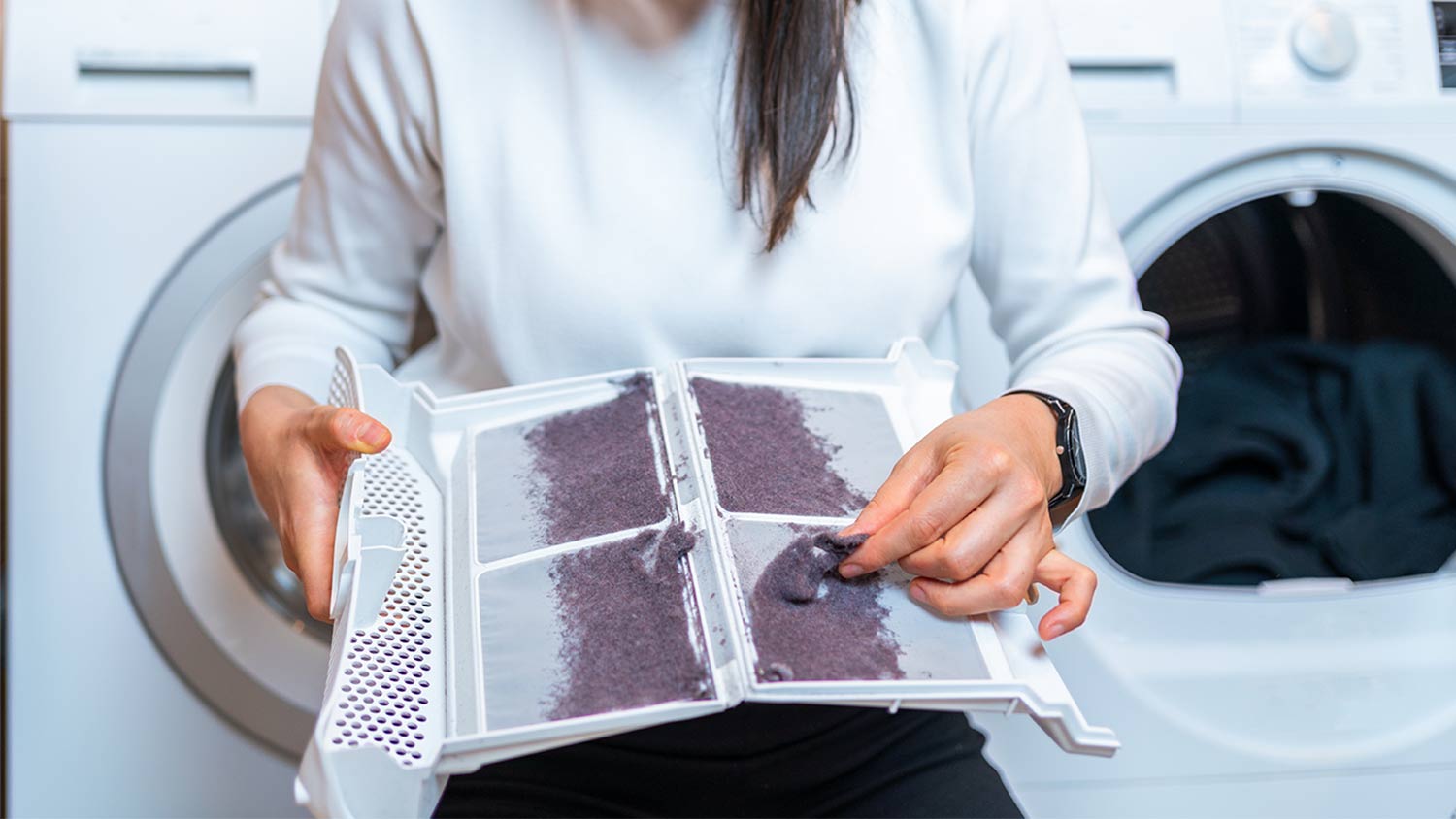
Poor airflow can prevent your dryer from circulating heat properly, so it’s always wise to check for a blocked vent. Excess lint can accumulate and cause your dryer to overheat and shut down. The good news is, this is a quick and easy DIY.
How to Fix It
Remove lint from your lint trap and vacuum it out.
If your dryer is electric, unplug it and remove the vent hose from the back of the appliance.
Shake the hose and check for excess debris or lint that may be clogging it.
Clear out the hose with a vacuum.
3. Broken or Faulty Heating Element
Your dryer likely consists of a heating element that allows it to heat and dry the clothes inside. If this element is faulty or broken, it will keep the dryer from heating properly. In most cases, this is a job for a professional, as it involves replacing a part.
How to Fix It
Call a dryer repair professional to inspect your dryer and determine if you have a broken or faulty heating element. The cost to repair a dryer typically falls within the $100 to $400 range, though motor replacement or installing a new heating element will probably cost more.
4. Incorrect Setting
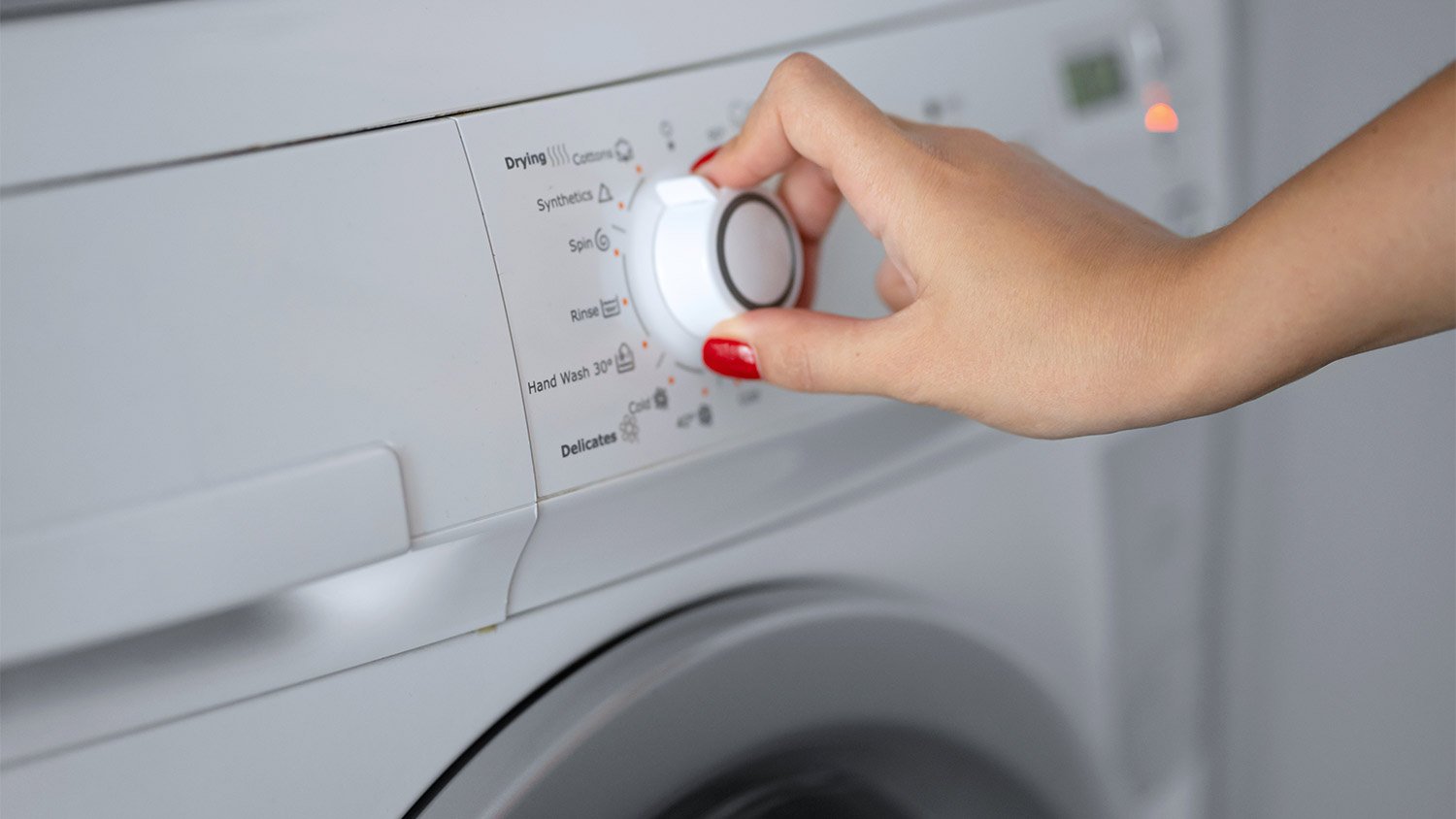
Some dryer models offer settings like “eco” or “cool” to save energy, which can keep your dryer from reaching normal temperatures. Before you start a drying cycle, check to see what settings your dryer is on to make sure it’s on a normal or hot option.
5. Washing Machine Error
If your dryer isn’t drying your clothes, your washing machine may be to blame. Check your washing machine to ensure your spin cycle is wringing the right amount of water out of your clothing. If your washing machine is done running and you’re pulling out sopping wet socks and shirts, it’s going to take a long time for your dryer to completely dry the items.
How to Fix It
Wait for your washing machine to reach the spin cycle to see that it’s draining water properly. If the machine is overloaded or has a clog in the drain pipe, take out heavy items or have a plumber look at unclogging your drain so that water from the spin cycle can be removed.
When to Call a Pro
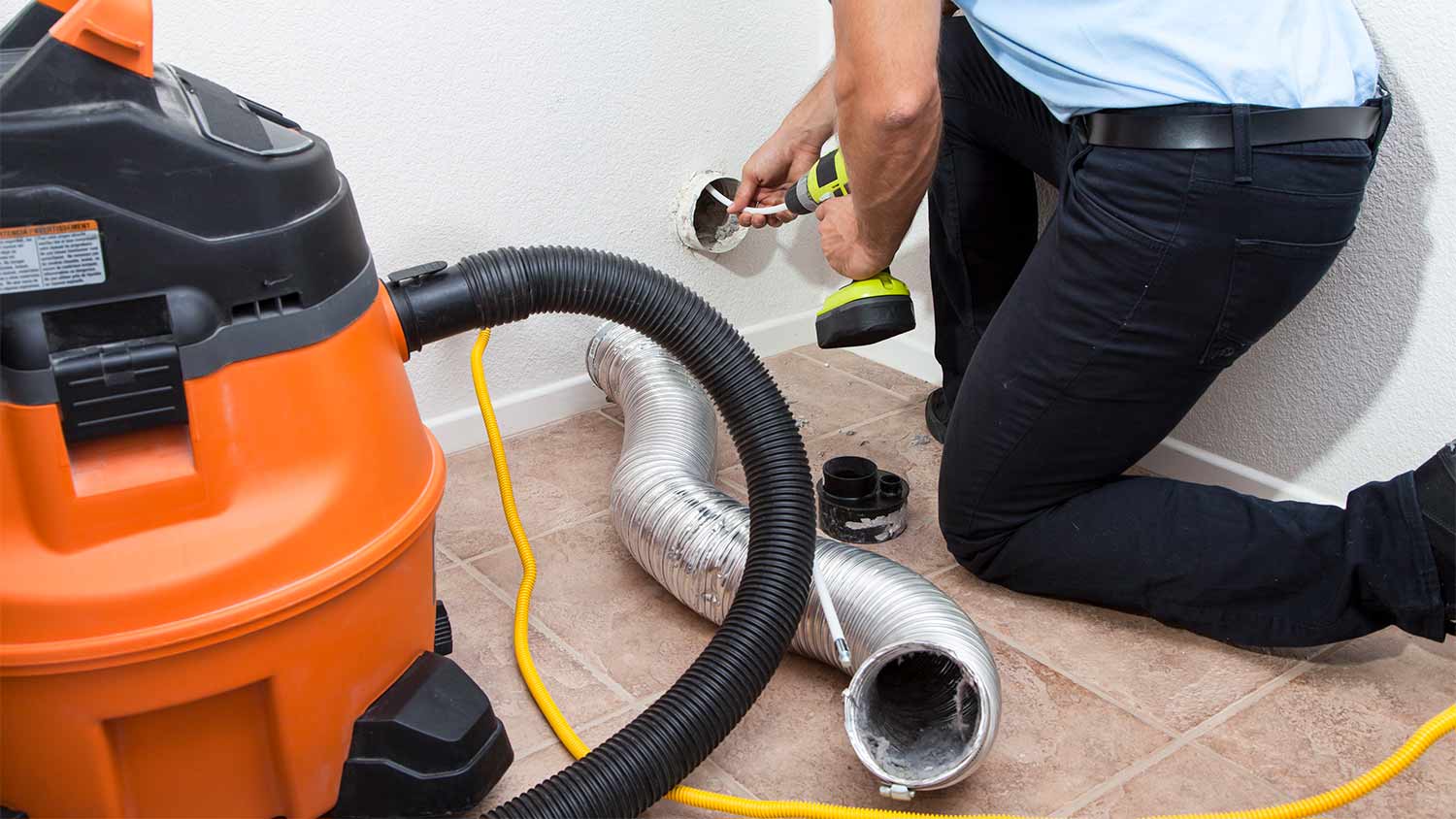
Any time the issue at hand involves repairing or replacing a part, or electrical or gas components, it’s time to call your local dryer repair specialist. They’ll not only have the knowledge and expertise to identify the problem and come up with a solution but also the necessary equipment to correct the issue and the license to do so safely.
Frequently Asked Questions
Yes, unplugging a dryer can reset it in most cases. This allows your dryer’s internal systems to reset so that once the dryer is plugged back in, you can adjust the settings to your preference. This is helpful if the dryer is currently programmed to a setting that leaves it cool instead of hot and makes your drying time longer.
A good indication that your dryer heating element is bad is if your dryer runs but doesn’t produce heat, even when it’s on a high setting. You can use a multimeter to confirm your suspicions—an open reading or one with very high resistance could mean you have a faulty heating element.



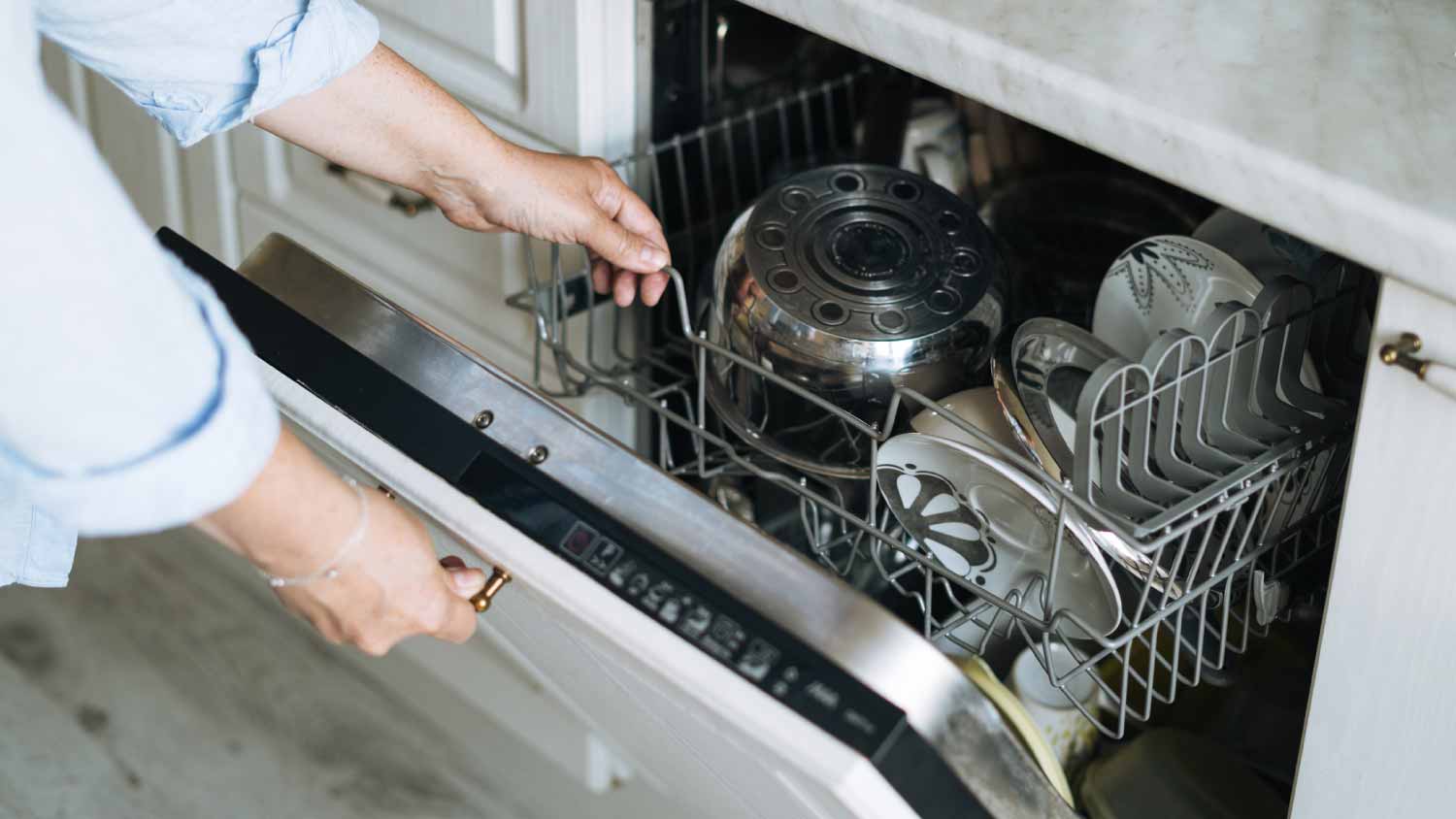
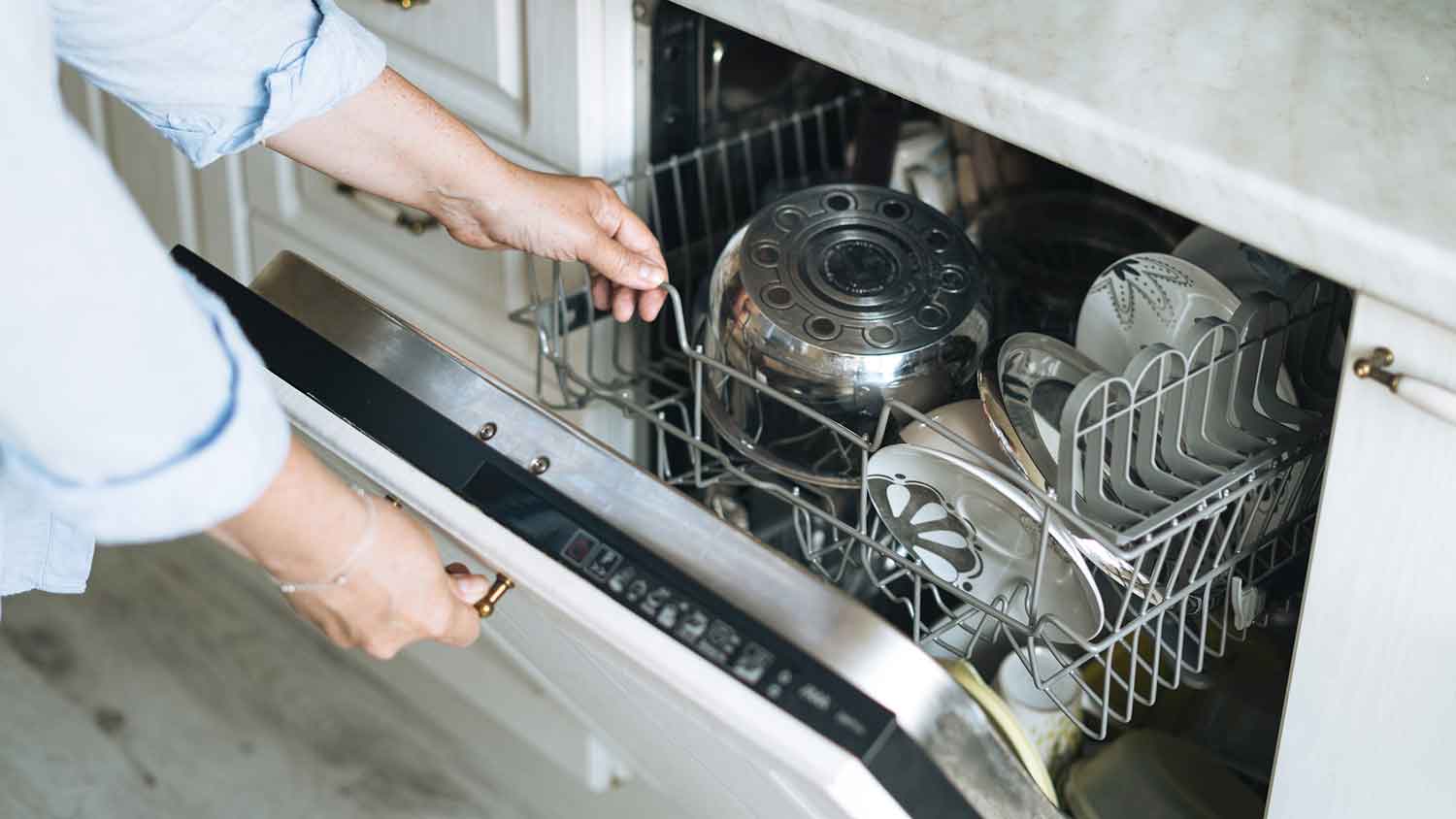
- Appliance Repair Companies
- Washing Machine Repair
- Dryer Repair
- Refrigerator Repair
- Dishwasher Repair
- Oven Repair
- Wood & Pellet Stove Repair
- Freezer Repair Services
- Wood Stove Services
- Gas Stove Repair
- Emergency Appliance Repair Companies
- Ice Maker Repair
- Gas Appliance Repair
- GE Appliance Repair
- GE Refrigerator Repair
- GE Dryer Repair
- GE Dishwasher Repair
- GE Washing Machine Repair
- Samsung Appliance Repair
- Samsung Refrigerator Repair
- Samsung Dryer Repair
- Samsung Washer Repair
- Samsung Dishwasher Repair
- Samsung Oven Repair
- Whirlpool Repair
- Whirlpool Refrigerator Repair
- Whirlpool Washer Repair
- Whirlpool Dryer Repair
- Whirlpool Oven Repair
- Maytag Appliance Repair
- Maytag Refrigerator Repair
- Maytag Washer Repair
- Maytag Dryer Repair
- Maytag Dishwasher Repair
- Kitchenaid Appliance Repair
- Kitchenaid Oven Repair
- Kitchenaid Refrigerator Repair
- Kenmore Appliance Repair
- Kenmore Dishwasher Repair
- Kenmore Washer Repair
- Kenmore Dryer Repair
- LG Refrigerator Repair
- Bosch Appliance Repair
- Kenmore Refrigerator Repair
- LG Appliance Repair Services
- GE Microwave Repair
- Electrolux Appliance Repair
- Electrolux Washer Repair
- Kitchenaid Dishwasher Repair Services
- Wood Stove Inspection
- Dishwasher Installation
- Trash Compactor Repair


